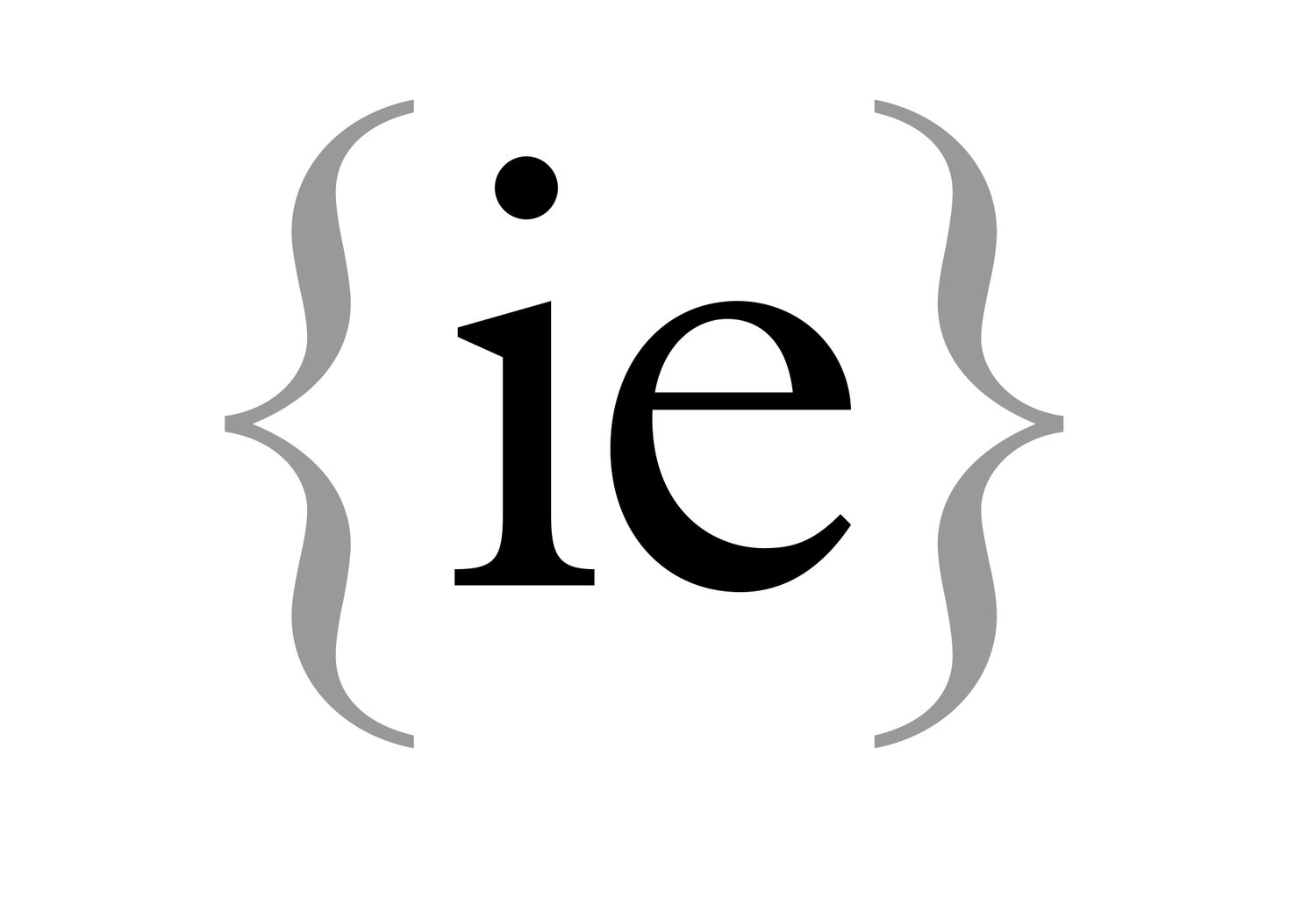We’re seeing increased interest in displaying more environmental and energy usage parameters on our Crestron interfaces.
Electrical consumption (and indeed generation for projects with PV systems etc.) is a very common request and there are a number of ways of getting the data, however many rely on ‘the cloud’ (and worrying whether the company stays in business etc.) or are quite expensive (Crestron themselves make a power meter, but it does come with a high price tag).
So, here in the UK, we have an option that’s
a) cheap (a single phase system for a smaller home is around £70 exc. VAT (three phase system is only around £110 exc. VAT))
b) doesn’t rely on the the cloud; meaning that should the company go out of business, I believe the unit will continue to broadcast it’s data.
The system is the OWL Intuition-e (click for more details) and it comprises of a network receiver unit (wired Ethernet only and needs a main outlet for the PSU) and then a battery powered transmitter with a cable-clamp sensor to go on your incoming feed. Not sure on the distance that the RF will work (and we have it easy in a rural location with very little competition for RF), so no problems within our cottage; but you might want to locate the receiver close to the incoming feed if possible.
Super easy to setup - not the slickest website, but perfectly functional.
But where it does excel is the simplicity of integration. Whilst there is a more advanced API available, the unit does have a very simple UDP broadcast every 15ish seconds with enough data for our purposes.
Few lines of Crestron code and I was able to parse out the energy usage for our house as both text and analogue data fields (I’ve parsed out Watts (could obviously be manipulated to KW), but it does also present the accumulated usage for the day and the current running costs (based on entry of your energy tariff into their web portal).
Because that data is not dependant on the cloud etc., I am hopeful that the device will continue to work forevermore even without an Internet connection.
The transmitter is battery powered, so that is one slight negative (however, the UDP broadcast does include the battery level, so you could parse that out and alert the homeowner if the batteries are dying etc.)
For 70 quid and a few lines of software, it’s hard to argue with the value for money this offers if you need a quick and easy representation of power consumption.
Neat little solution.
